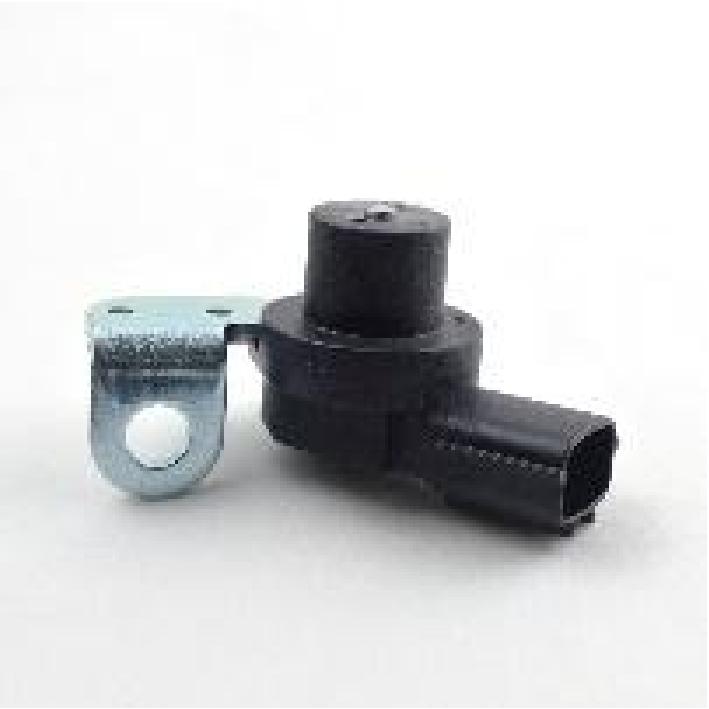What Is the Back of the Car Called? A Comprehensive Guide to Rear-End Vehicle Parts and Functions
Explore the parts that make up the back of a car—from bumpers to tail lights—and understand their functions, design, and importance in vehicle safety.
Understanding the Rear End of a Car: More Than Just the Trunk
When someone casually refers to the “back of the car,” it often implies the trunk or the area behind the rear seats. However, from an automotive perspective, this region encompasses a complex and vital set of structural components that serve multiple purposes. Known collectively as the rear end, this section includes the trunk lid (or tailgate), rear bumper, taillight assemblies, rear fenders, and more. Each component is intricately engineered to fulfill distinct roles such as impact absorption, visual signaling, storage accessibility, and aerodynamic control. Car owners, mechanics, and parts buyers alike benefit from understanding this section more deeply, especially when repairs or upgrades are needed.

Rear-End Component Breakdown: Functions and Terminology
The rear end of a vehicle is composed of several key parts. The trunk, or “boot” in British English, serves as a cargo storage compartment. It often houses the spare tire, tool kit, or even electronic components in modern electric vehicles. The rear bumper protects the structure during minor collisions, while the rear quarter panels contribute to the body’s shape and strength. Tailgates are found in SUVs and hatchbacks, offering large access to cargo space, often enhanced with power lift mechanisms. Taillights integrate brake lights, reverse lights, and turn signals to ensure visibility and compliance with road laws. Each element serves a unique purpose, and collectively, they define the identity and performance of a vehicle’s rear.
Safety Considerations of Rear-End Design
Automotive engineers prioritize rear-end design not only for looks and functionality but also for safety. In the event of a rear-end collision, the rear crumple zone is designed to deform and absorb impact energy, reducing the chance of injury to passengers. Rear bumpers and inner cross-members provide additional strength and structural integrity. Furthermore, taillight visibility is essential for road safety, especially at night or during adverse weather conditions. Improper alignment or damaged lighting can lead to legal issues and heightened risk. By understanding the safety mechanisms built into the rear end, car owners can better appreciate why quality parts and timely repairs matter.
How Rear-End Components Impact Vehicle Performance
The rear design of a vehicle also influences its aerodynamics, stability, and overall performance. In sports cars or EVs, the rear is sculpted to guide airflow efficiently, reduce drag, and enhance downforce. Features like rear spoilers, diffusers, and even underbody panels contribute to better road grip and energy efficiency. Additionally, the rear section is often used for heat management in high-performance vehicles, incorporating vent systems that support battery cooling or brake airflow. Even in everyday passenger cars, the shape of the trunk and bumper contributes to fuel economy and ride comfort. Therefore, damage or poor-quality replacements in this area can subtly, but significantly, alter driving dynamics.
Common Rear-End Issues and Signs for Repair
Rear-end damage is not always dramatic. Minor parking lot impacts, tailgating, or road debris can cause issues that escalate over time. For example, a misaligned trunk lid can let in moisture, leading to rust or mold. Damaged taillight lenses may reduce light output and fail vehicle inspections. Cracked bumpers may appear cosmetic but compromise the ability to absorb energy. Loose or worn hinges and seals also affect trunk functionality. Regular inspection of these areas—especially after any impact—is key. If problems arise, sourcing parts from a reliable supplier like CG Auto Parts ensures replacements meet original quality standards.
OEM vs. Aftermarket Rear-End Parts: What Should You Choose?
When replacing rear-end parts, many car owners face a decision between OEM and aftermarket options. OEM parts are produced by or for the original vehicle manufacturer and are typically higher in price but guaranteed to fit and function perfectly. Aftermarket parts, on the other hand, offer a broader range of choices, including performance upgrades or more affordable options. CG Auto Parts specializes in offering both OEM-equivalent and carefully vetted aftermarket components, ensuring that customers don’t have to compromise on quality or budget. For cosmetic and safety-critical components like rear bumpers or taillight assemblies, choosing certified parts is essential.
Rear-End Care as Part of Overall Vehicle Maintenance
Caring for your car’s rear end should be part of your routine maintenance schedule. Regular cleaning helps prevent corrosion, especially around the license plate area and trunk seams. Checking taillight functionality, bumper integrity, and trunk alignment should be included in seasonal inspections. In regions with harsh winters or heavy rain, additional attention to seal integrity and rust prevention is necessary. Applying protective films or coatings to bumpers and taillights can also extend lifespan. Preventive maintenance is not just about preserving looks—it plays a direct role in vehicle safety and resale value.

Final Thoughts: The Rear Matters More Than You Think
The back of a car is more than a place to stash groceries—it is a structural, functional, and visual element of the vehicle that plays a role in safety, performance, and day-to-day convenience. Whether you’re a car owner aiming to maintain your vehicle, or a repair shop looking for trusted components, understanding what the back of the car is called—and what it contains—is critical. With CG Auto Parts, finding quality rear-end components becomes easy and dependable.
